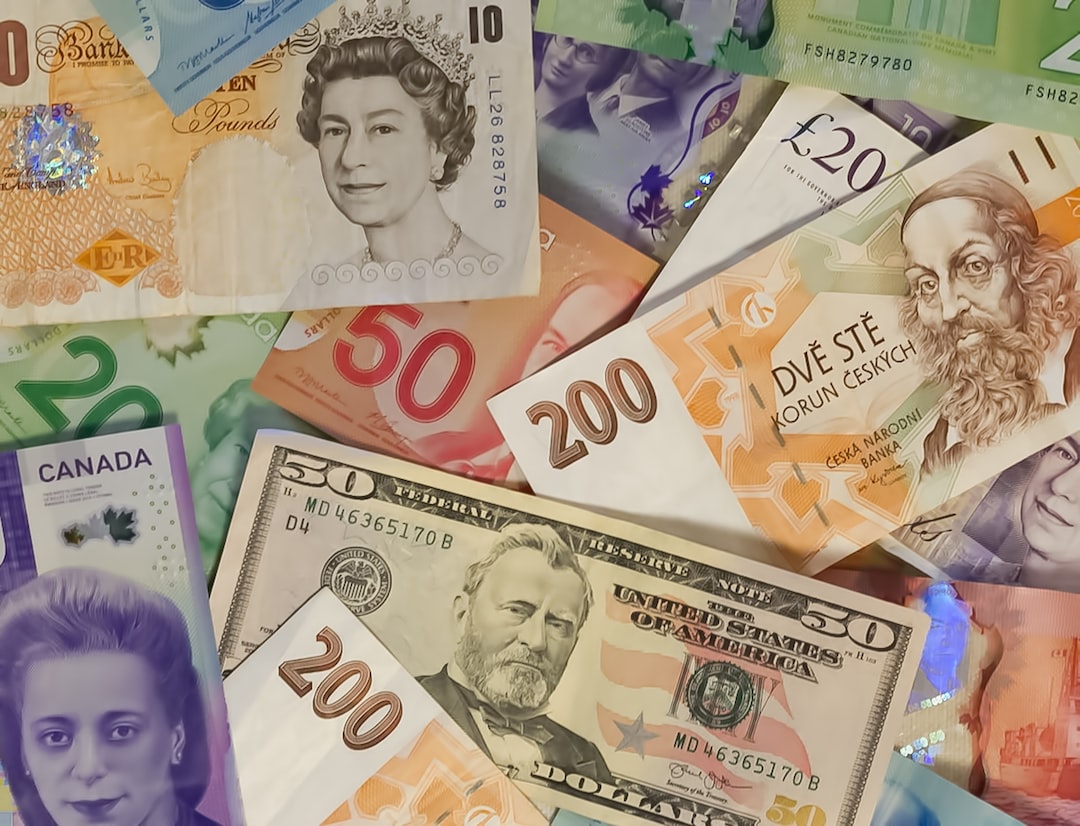The NAS100, also known as the NASDAQ 100 index, is a popular financial instrument that is widely used to analyze and predict forex trends. It consists of the top 100 non-financial companies listed on the NASDAQ stock exchange, which includes some of the world’s largest technology companies such as Apple, Microsoft, and Amazon. In this article, we will explore how to use charts to predict forex trends using technical analysis techniques.
Technical analysis is a method of analyzing historical price and volume data to predict future price movements. It relies on the belief that all relevant information is already reflected in the price, and that history tends to repeat itself. By studying patterns and trends in the price data, traders can make informed decisions about when to buy or sell a currency pair.
There are several key chart patterns and indicators that forex traders use when analyzing the NAS100 index. One of the most common patterns is the support and resistance levels. Support levels are price levels where buyers are expected to enter the market and prevent further price declines. Resistance levels, on the other hand, are price levels where sellers are expected to enter the market and prevent further price increases. By identifying these levels on a chart, traders can anticipate potential reversals or breakouts in the market.
Another important chart pattern is the trendline. Trendlines are drawn by connecting consecutive highs or lows on a chart. They provide a visual representation of the overall direction of the market. An upward trendline indicates an uptrend, while a downward trendline indicates a downtrend. Traders often look for opportunities to buy when the price touches an upward trendline or sell when it touches a downward trendline.
Moving averages are also widely used in technical analysis. They are calculated by averaging the price data over a specific period of time. The most common types of moving averages include the simple moving average (SMA) and the exponential moving average (EMA). Traders often use moving averages to identify the overall trend and potential entry or exit points. For example, when the price crosses above a moving average, it may signal a bullish trend, while a cross below may indicate a bearish trend.
In addition to chart patterns and indicators, traders also use various oscillators to identify overbought or oversold conditions in the market. The relative strength index (RSI) is a popular oscillator that measures the speed and change of price movements. It ranges from 0 to 100, with readings above 70 indicating overbought conditions and readings below 30 indicating oversold conditions. When the RSI reaches extreme levels, it may suggest that a reversal is imminent.
To effectively use charts to predict forex trends, it is important to combine multiple indicators and patterns. Traders should look for confluence, where multiple signals align to provide a stronger indication of a potential trend reversal or continuation. It is also important to consider other factors such as economic news releases, geopolitical events, and market sentiment, as these can have a significant impact on forex trends.
In conclusion, technical analysis is a valuable tool for predicting forex trends using charts. By studying chart patterns, support and resistance levels, trendlines, moving averages, and oscillators, traders can make informed decisions about when to enter or exit the market. However, it is important to remember that no analysis technique is foolproof, and traders should always use risk management strategies to protect their investments.






